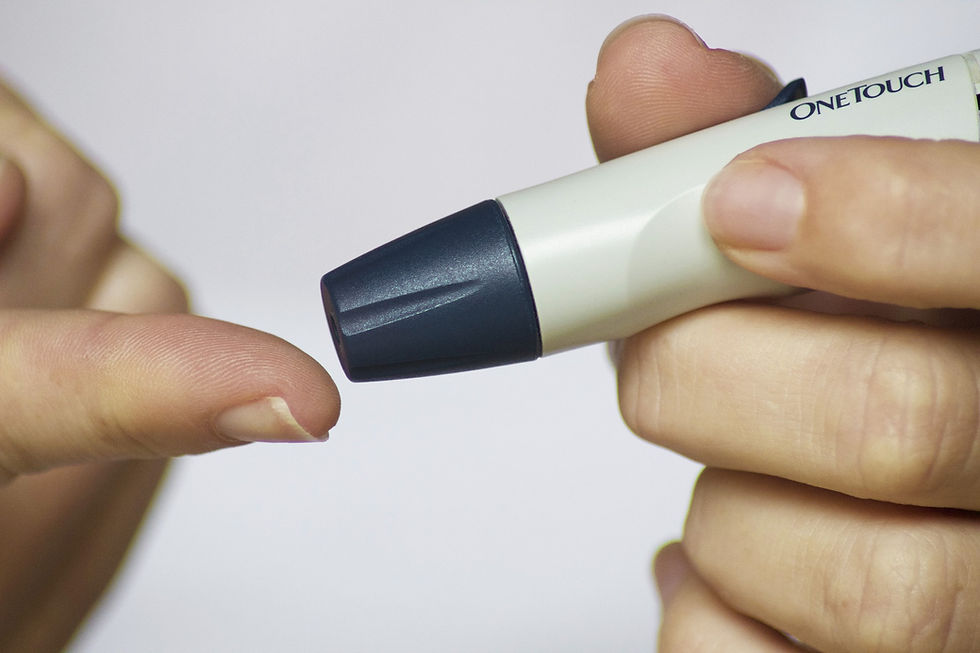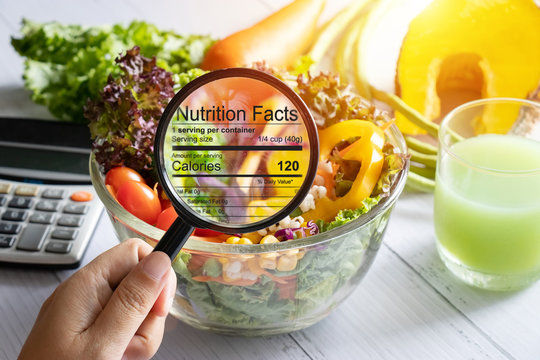How to Read Nutrition Labels Like a Pro
- Nicole Barney
- Jan 21
- 3 min read
You grab a product off the shelf, flip it over, and stare at the nutrition label—only to feel completely overwhelmed by numbers, percentages, and ingredients you can’t pronounce. Sound familiar? You’re not alone. Food labels are designed to inform, but they can often be confusing, misleading, or downright cryptic.
The good news? Once you understand how to read a nutrition label properly, you’ll never be fooled by sneaky marketing tactics again. This guide will break it all down, so you can shop smarter, eat healthier, and take full control of your nutrition.
Why Nutrition Labels Matter
Nutrition labels are your first line of defense against unhealthy ingredients and deceptive food claims. With so many products labeled as “healthy,” “natural,” or “low-fat,” it’s easy to be misled. Learning how to read labels ensures that you know exactly what you’re putting into your body and helps you make better choices for your health.
([Related Post: "The Truth About 'Healthy' Packaged Foods and How to Spot the Imposters"])
Step-by-Step Guide to Decoding Nutrition Labels
1. Start with the Serving Size
Always check the serving size first. Many products appear low in calories or sugar—until you realize the serving size is unrealistically small.
Compare the serving size to how much you actually eat. If a bag of chips says 150 calories per serving but has three servings per bag, you’re consuming 450 calories if you finish it.
2. Check the Calories
Calories measure how much energy a food provides. While calories aren’t the enemy, knowing how they add up helps with portion control.
If weight management is your goal, tracking your daily calorie intake can be beneficial.
3. Look at the Macronutrients (Carbs, Fats, and Protein)
Carbohydrates: Includes fiber, sugar, and starch. Look for whole-food sources of carbs and avoid products high in added sugars.
Fats: Not all fats are bad. Focus on healthy fats (avocados, nuts, olive oil) and limit trans fats and excessive saturated fats.
Protein: Essential for muscle maintenance and overall health. Aim for quality sources like lean meats, fish, eggs, and plant-based proteins.
([Related Post: "Why Whole Foods Are the Ultimate Nutrition Hack"])
4. Spot Hidden Sugars
Sugar goes by many names—high fructose corn syrup, cane sugar, dextrose, maltose, and more.
The FDA now requires labels to include “Added Sugars,” which helps differentiate natural sugars (like those in fruit) from artificial sources.
Aim to limit added sugars to no more than 10% of your daily calories, as recommended by the American Heart Association.
5. Watch Out for Sodium
Excess sodium is linked to high blood pressure and heart disease. The daily recommended limit is about 2,300 mg, but most people consume much more.
Processed and packaged foods are notorious for hidden sodium, so always check the label.
([Related Post: "Understanding the Link Between Processed Foods and Chronic Disease"])
6. Check the Ingredient List
Ingredients are listed in descending order by weight, meaning the first few items make up the bulk of the product.
If sugar, refined grains, or hydrogenated oils are at the top, it’s best to reconsider your choice.
A shorter ingredient list with recognizable, whole-food ingredients is usually better.
7. Beware of Health Buzzwords
“Natural,” “Organic,” “Low-Fat,” “Gluten-Free,” and “Sugar-Free” don’t automatically mean healthy.
Some “low-fat” foods compensate with added sugars, while “gluten-free” options may still be highly processed.
Instead of relying on marketing claims, read the actual nutrition panel and ingredient list.
Pro Tips for Smarter Grocery Shopping
Shop the perimeter of the store where fresh, whole foods like fruits, vegetables, and proteins are located.
Compare similar products—sometimes the “healthy” version has just as much sugar or sodium as the regular one.
Use apps like Yuka or Fooducate to scan barcodes for quick breakdowns of a product’s health rating.
Take Control of Your Nutrition
Understanding nutrition labels is one of the most powerful skills you can develop for a healthier lifestyle. Once you start paying attention to what’s really in your food, you’ll naturally make better choices and avoid the traps of misleading marketing.
At Nourish Mode, we believe that knowledge is power. The more informed you are, the easier it becomes to fuel your body with the nutrients it truly needs.
([Related Post: "How to Create a Holistic Wellness Routine That Works for You"])



